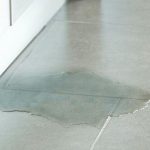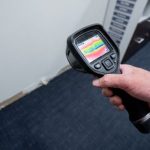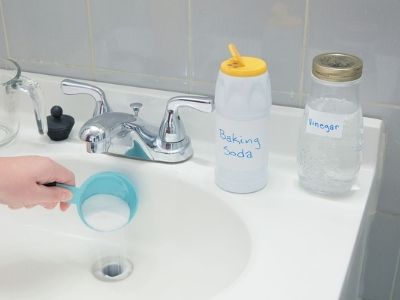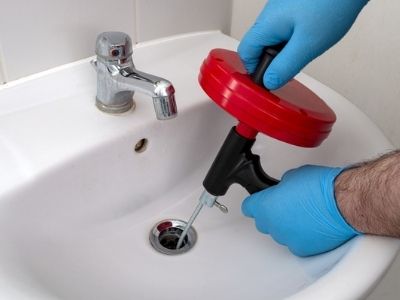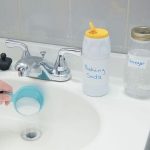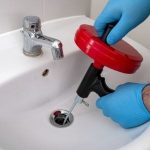Why Get Trenchless Pipe Lining Done?
When it comes to plumbing repairs, there are none that homeowners like to be forced to deal with. However, sewer line repairs can be particularly frustrating. Sewer lines are cast into slabs and buried underneath the soil, so repairing them can be invasive. Luckily, over the years, plumbers have developed new ways to address sewer line problems, making them easier, faster, and non-invasive to repair.
By not wasting time and costs with excavation and trenching, plumbers can fix sewer lines with more advantages using trenchless sewer repair methods such as pipelining. This article is a quick guide to trenchless pipe lining so homeowners can understand when it may get used, how it’s done, and its benefits.
Problems That Trenchless Pipe Lining Can Fix
Trenchless pipe repairs have become so popular because they don’t require excavation and digging. Since sewer lines are buried underground, when it comes time to fix them, plumbers used to have to dig the line up for repairs. But with trenchless repairs, there’s no need for major excavation.
Some of the problems that can plague underground sewer lines that trenchless pipe repair, including pipelining, may be used to address are:
- Damage from invasive tree roots
- Cracked pipes
- Minor pipe misalignment
- Corrosion
- General wear and tear
How Professionals Perform Pipe Lining
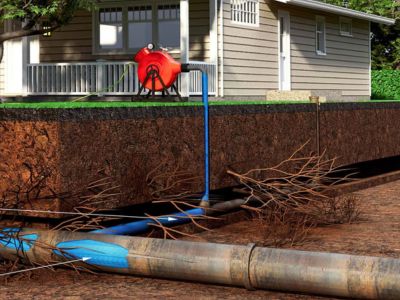 Pipelining, also known as cured-in-place pipe (CIPP) lining, is a technique that can be used to repair existing pipelines. This method involves inserting a resin-saturated felt tube into the damaged pipe, often through existing access points to avoid digging.
Pipelining, also known as cured-in-place pipe (CIPP) lining, is a technique that can be used to repair existing pipelines. This method involves inserting a resin-saturated felt tube into the damaged pipe, often through existing access points to avoid digging.
The tube is then inflated, and the resin is allowed to cure, forming a new pipe within a pipe. This effectively seals any cracks or breaks, improves the pipe’s structural strength, and eliminates the need for extensive excavation. This process is favored for its efficiency and minimal disruption to the surrounding area.
Benefits of Trenchless Pipe Lining
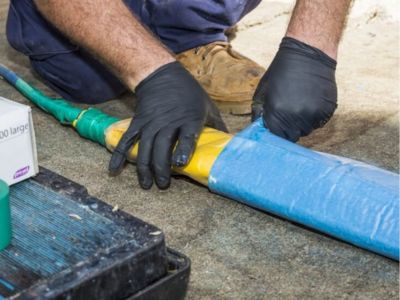 Trenchless pipe repairs like pipe lining are quickly becoming the repair method of choice for several reasons. Some of their advantages are:
Trenchless pipe repairs like pipe lining are quickly becoming the repair method of choice for several reasons. Some of their advantages are:
- It can be less expensive since it avoids excavation and repairing the areas of a property that have been excavated
- The repairs can be completed quicker
- The repairs are durable, strong, and long-lasting
- The landscaping of the property stays intact, and repairs can be done noninvasively
If sewer line problems plague a home, call a plumber to inspect it, determine the issue, and see if trenchless pipe lining can be used to fix it.
About Heidler, Inc.
Heidler, Inc. is a family-owned and operated business serving Annapolis, MD, and the surrounding areas. They provide dependable, flat rates, live assistance, and a preventative maintenance agreement. Call them today for trenchless sewer repair services in Annapolis, MD.
Distribution Links +
- columbus.newsnetmedia.com
- detroit.newsnetmedia.com
- fresno.newsnetmedia.com
- jacksonville.newsnetmedia.com
- losangeles.newsnetmedia.com
- minneapolis.newsnetmedia.com
- monterey.newsnetmedia.com
- myrtlebeach.newsnetmedia.com
- nashville.newsnetmedia.com
- norfolk.newsnetmedia.com
- odessa.newsnetmedia.com
- pittsburgh.newsnetmedia.com
- portland.newsnetmedia.com
- quincy.newsnetmedia.com
- sacramento.newsnetmedia.com
- saltlakecity.newsnetmedia.com
- sanantonio.newsnetmedia.com
- santabarbara.newsnetmedia.com
- siouxfalls.newsnetmedia.com
- waco.newsnetmedia.com
- sports.newsnetmedia.com
- lifestyle.roanokenewstalk.com
- lifestyle.995jamz.com
- lifestyle.thepalmettonetwork.com
- https://smb.kenbridgevictoriadispatch.com
- https://smb.leaderpub.com
- https://smb.luvernejournal.com
- https://smb.selmatimesjournal.com
- https://smb.thesnaponline.com
- https://smb.troymessenger.com
- https://smb.windsorweekly.com
- https://smb.clemmonscourier.net
- https://smb.gatescountyindex.com
- https://smb.harlandaily.com
- https://smb.irontontribune.com
- https://smb.ourdavie.com
- https://smb.state-journal.com
- https://smb.thecharlottegazette.com
- https://smb.thecoastlandtimes.com
- https://smb.theinteriorjournal.com
- https://smb.thetidewaternews.com
- https://smb.tryondailybulletin.com
- https://smb.winchestersun.com
- https://smb.farmvilleherald.com
- https://smb.salisburypost.com
- https://smb.shelbycountyreporter.com
- https://smb.smithfieldtimes.com
- https://smb.suffolknewsherald.com
- https://smb.thewashingtondailynews.com
- https://smb.thewetumpkaherald.com
- https://smb.cordeledispatch.com
- https://smb.lagrangenews.com
- https://smb.middlesboronews.com
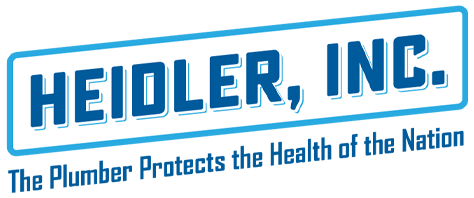
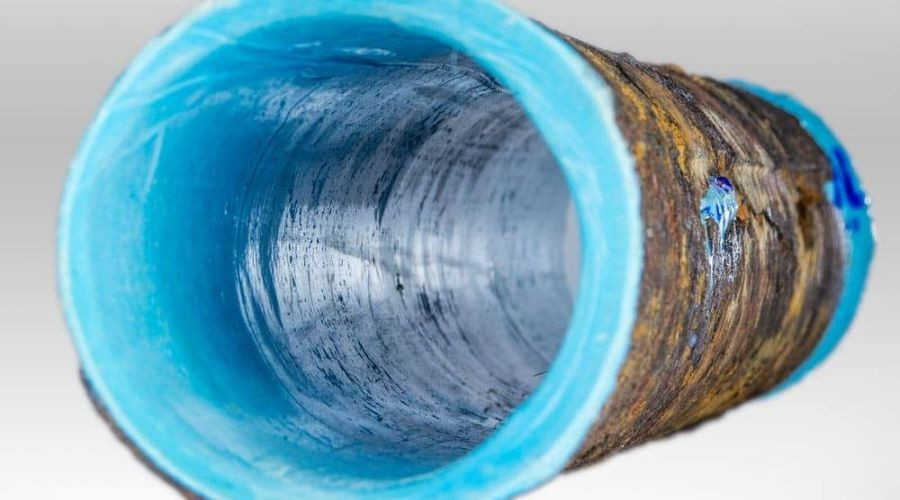
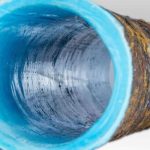
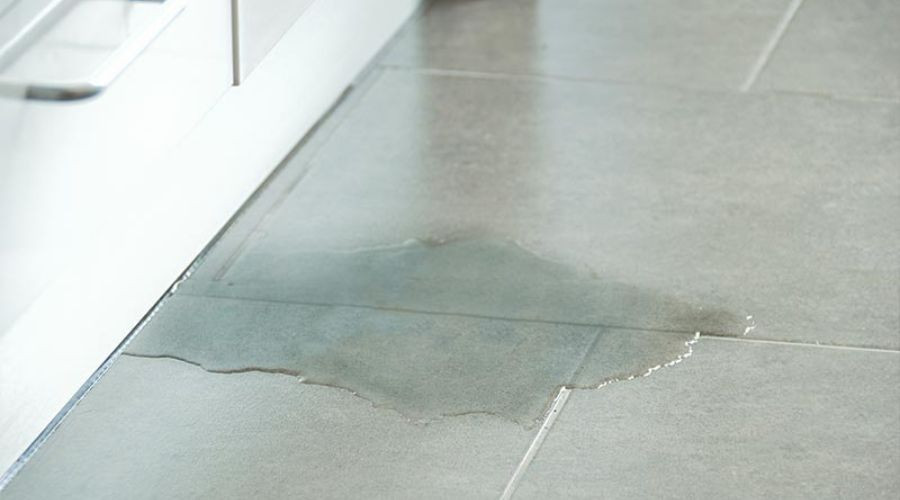
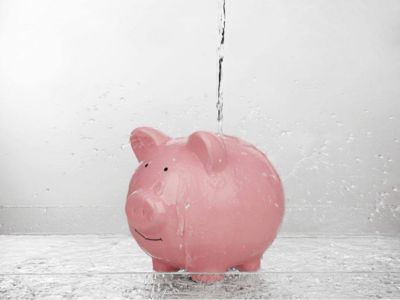 Slab leaks can lead to various consequences that damage a home’s structural integrity. A slab leak can cause water to seep through the foundation, leading to flooding, structural damage, and
Slab leaks can lead to various consequences that damage a home’s structural integrity. A slab leak can cause water to seep through the foundation, leading to flooding, structural damage, and 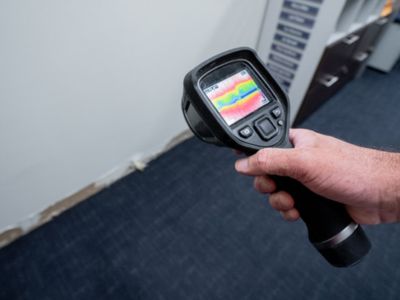 Professionals specializing in slab leak detection and repair services can help identify and address the problem. These professionals use various techniques to detect leaks, such as
Professionals specializing in slab leak detection and repair services can help identify and address the problem. These professionals use various techniques to detect leaks, such as 